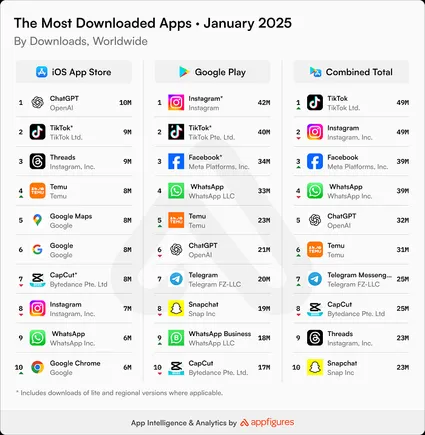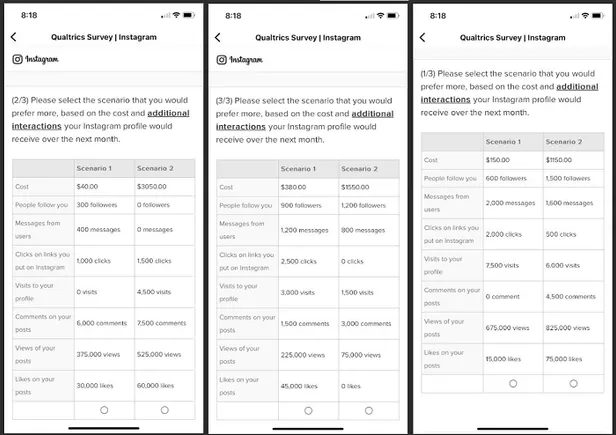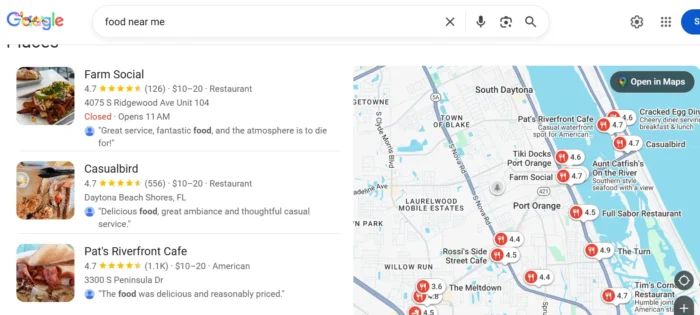9 Signs It’s Time to Update Your Website
The platforms that power your digital presence are no exception. A website that once helped you grow can become a blocker if it no longer meets user needs or holds back innovation. Many vendors are ceasing to support older...

The platforms that power your digital presence are no exception. A website that once helped you grow can become a blocker if it no longer meets user needs or holds back innovation.
Many vendors are ceasing to support older products, and with so much infighting in the WordPress community, now might be the right time for you to make that decision.
Replatforming isn’t just about swapping one system for another. It’s about removing the friction that slows down your team, frustrates your customers, and costs you revenue.
Here are nine signs it might be time to make the move:
1. Your Website Is Too Slow
Speed matters. In fact, it can make or break your user experience. Research from Google shows that as page load time increases from 1 to 3 seconds, the probability of a bounce increases by 32%.
Slow-loading pages not only annoy users; they hurt your bottom line.
Lost conversions, poor SEO rankings, and rising ad spend to compensate for poor performance are just some of the side effects.
If your current platform prevents you from improving page speed, or if it keeps crashing under pressure, it’s probably time for a change.
2. Your User Experience Feels Outdated
Customers don’t just compare your site to your competitors, they compare it to the best experience they’ve had anywhere.
Whether that’s Amazon, Netflix, or their banking app, the bar is high and always rising.
If your CMS or platform makes it hard to build modern, intuitive experiences, you’re not just frustrating users, you’re eroding their trust in your brand.
In the US, 88% of online consumers say they’re less likely to return to a site after a bad experience. You might be thinking, “My customers haven’t said that, does this apply to me?” Most of the time, customers won’t complain unless things are dire. So, unless you ask them directly, you probably won’t even be aware that your experience is poor.
The same goes for your internal users. If your marketing team finds it hard to publish content, run campaigns, or maintain consistency, that’s more than just annoying. It’s costing you time and opportunity.
3. You’re Spending Too Much Time on Workarounds
If your team is always battling bugs, patching up integrations, or building hacks to get basic things done, your platform isn’t helping you. It’s holding you back.
Operational inefficiencies sneak in gradually. A small issue here, a workaround there. Before long, your team is spending more time maintaining the platform than improving your digital experience.
Every hour spent on a workaround is an hour not spent on growth. As Forrester notes, legacy technology is one of the biggest blockers to digital transformation.
4. Your Platform Can’t Scale
What happens when traffic spikes? Can your site handle it smoothly? Or does everything grind to a halt?
Scalability isn’t just about handling more traffic. It’s about growing your services, expanding to new markets, and adapting to new channels without rebuilding everything from scratch.
If your platform makes scaling painful, you’ll start to see signs like:
Sluggish performance during high-demand periods High infrastructure costs with limited benefit Clunky deployment processesModern platforms are designed to grow with you. If yours isn’t, it’s time to look at alternatives.
Modern digital platforms work as part of a bigger ecosystem. Your content management platform (CMS) connects to your CRM, analytics tools, ecommerce engine, marketing automation, or personalization platform. These kinds of integrations are essential to create an optimal customer experience.
If your platform makes it hard (or impossible) to connect with other tools, it creates data silos. And these silos slow everything down.
McKinsey has highlighted how a lack of integration leads to missed opportunities and poor customer experience. Whether it’s real-time personalization or performance reporting, you need a platform that plays nicely with others.
6. Security Feels Like a Gamble
Security is table stakes. And an outdated platform is a ticking time bomb.
Legacy platforms often miss critical updates, leaving them vulnerable to breaches. And we all know that a compromised site doesn’t just cost money, it damages reputation and breaks customer trust.
Take WordPress, for example, in 2024, the number of security vulnerabilities disclosed increased by 68% from 2023 to almost 8,000. The average cost of a data breach in 2023 was $4.45 million, according to IBM. It’s not worth the risk.
If you’re spending more on patches and firefighting than on strategic improvements, something’s wrong.
7. You’re Not Mobile-Ready (Or Mobile Is an Afterthought)
More than half of web traffic now comes from mobile devices. If your platform makes mobile performance an afterthought, you’re losing customers before they even get started.
Users expect fast, smooth experiences on any device. Poor responsiveness, clunky layouts, or inaccessible content all lead to drop-offs.
Mobile-first design isn’t a “nice to have” anymore. It’s a must. If your platform can’t support it easily, you’re falling behind.
8. You’re Struggling to Personalize Experiences
Users expect content and services to adapt to their behavior, preferences, and context. If your platform doesn’t support personalized experiences or makes it too hard, you’re missing out on engagement and conversions.
According to Salesforce, 73% of customers expect companies to understand their unique needs and expectations.
Without personalization capabilities baked into your CMS or marketing stack, you’ll struggle to meet those expectations, especially at scale.
9. Your Platform Costs More Than It Delivers
There comes a point where maintaining your current platform becomes more expensive than replacing it.
This isn’t just about licensing fees. It’s the increasing cost of infrastructure, reliance on developers, and inefficient workflows. Not to mention the intangible cost of losing ground to competitors, dropping leads, and limited innovation.
This “technical debt” adds up quickly. It’s worth stepping back to ask: What is our current setup really costing us in terms of lost opportunity?
When Replatforming Makes Sense
If you’re seeing two or more of the signs listed above, it’s time to ask some serious questions.
Replatforming is a big decision. It involves investment, time, and risk. But staying stuck with the wrong platform is often riskier.
Our free, downloadable Replatforming Readiness Checklist will help you through the decision-making process.
Many businesses adopt a phased approach, starting with critical areas like content management or e-commerce, then expanding into CRM and marketing automation.

 AbJimroe
AbJimroe 





























